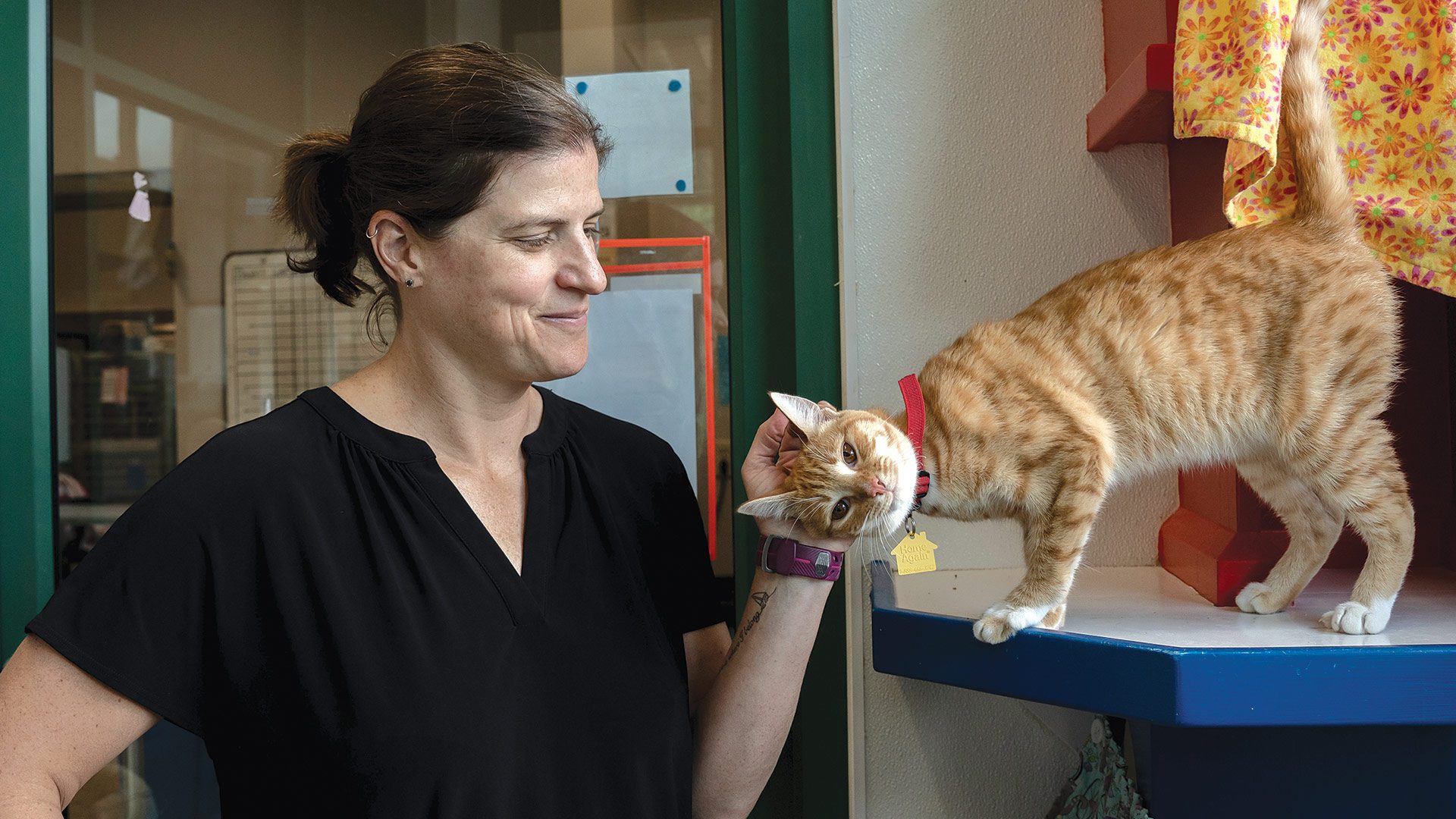Yes, a neutered dog can still lock with a female. Neutering does not always prevent this behavior as the ability to lock is not solely dependent on the presence of reproductive organs.
For dog owners, understanding the behavior of their pets is essential in maintaining a happy and healthy environment. Neutering a dog does not necessarily eliminate its natural instincts, including the mating behavior. While neutering may decrease the likelihood of mating, it does not always eliminate the potential for the dog to exhibit such behavior.
It is important for pet owners to be aware of the possibility and take necessary precautions to prevent unwanted mating behaviors, should they arise. This understanding can help in managing the situation better and ensuring the well-being of the pets.

Credit: businesswest.com
Can A Neutered Dog Still Lock With A Female
Neutering a dog involves the removal of the testicles, impacting hormone levels and sexual behavior. While neutered dogs cannot reproduce, they may still exhibit mating behaviors due to residual levels of hormones. The locking behavior, technically known as a tie, is a result of the bulbus glandis and can still occur in neutered dogs. This is a normal response and does not indicate fertility. Neutering can reduce the likelihood of unwanted behaviors and certain health issues, but it may not eliminate all mating behaviors. It’s important to understand the biology of neutering to dispel misconceptions. Neutering does not immediately alter behavior, and residual hormone levels can still influence mating behavior. Recognizing the reality behind the locking mechanism can help pet owners make informed decisions and provide appropriate care for their neutered dogs.
Locking Mechanism Explained
Neutering is a surgical procedure that removes a male dog’s testicles. This prevents the production of testosterone and diminishes sexual behaviors. The female dog’s reproductive system remains unchanged after neutering. Neutered dogs can still display courtship behavior and arousal around females in heat. However, without testicles, they are unable to achieve full sexual potency. The locking mechanism, also known as the “tie” or “copulatory lock,” occurs when a male dog’s bulbus glandis swells, becoming lodged inside the female’s vagina. Neutered males are physiologically incapable of locking. Neutering may reduce the likelihood of unwanted pregnancies and certain health issues, but it does not eliminate all sexual behaviors.
Insights On Neutered Dogs And Females
Sure, I understand your requirements. Here is the HTML formatted content for the given blog post: “`htmlNeutering a male dog involves the removal of the testicles, which may lead to changes in behavior. Some neutered dogs may still exhibit mounting behavior as a display of dominance or as a habitual action. This behavior can occur even if a dog is neutered. However, the likelihood of locking or mating after neutering is significantly reduced, as the removal of testicles diminishes the production of testosterone. Therefore, the possibility of a neutered male dog locking with a female dog is rare, and if it does occur, it may be due to residual hormonal influences or learned behavior. It is important for pet owners to monitor their neutered dogs’ behavior and consider consulting a veterinarian or animal behaviorist if necessary.
Preventing Unwanted Locking
Training and behavior management strategies: It’s important to implement training and behavior management strategies to prevent unwanted locking behavior in neutered dogs. Consistent reinforcement of obedience commands and redirection techniques can help modify behavior. Additionally, engaging in physical and mental stimulation activities can reduce the likelihood of locking behavior.
When to seek professional help for behavior issues: If the unwanted behavior persists despite consistent training efforts, seeking professional help from a certified dog trainer or behaviorist is essential. Professional guidance can provide tailored solutions to address the specific behavioral issues and ensure the well-being of the dog.
Key reasons to neuter your dog and the expected outcomes: Neutering your dog can help curb undesirable behaviors such as roaming, aggression, and mating-related tendencies. It also contributes to population control and reduces the risk of certain health issues in dogs. As a responsible dog owner, neutering can lead to a healthier and more balanced life for your pet.
Comprehensive Care For Neutered Dogs
Neutering your dog is an important step in their healthcare, and it requires comprehensive care to ensure their ongoing health and well-being. Regular veterinary check-ups are essential for monitoring their post-neutering health and addressing any concerns that may arise. Maintaining a close relationship with your veterinarian will help enhance the quality of life for your neutered dog, as they can provide guidance on diet, exercise, and any potential medical issues. With continuous monitoring and proper care, neutered dogs can lead happy and healthy lives.
Frequently Asked Questions For Can A Neutered Dog Still Lock With A Female
Can A Neutered Dog Still Breed With A Female?
Yes, a neutered dog can still exhibit sexual behaviors and attempt to breed, but they will be infertile. Neutering reduces the likelihood of unwanted pregnancies and certain behavioral issues. It’s important to understand the reasons for neutering and its impact on breeding.
Conclusion
While neutering can reduce the risk of unwanted pregnancies and some reproductive behaviors in male dogs, it does not eliminate the possibility of mating. For the safety and peace of mind of both your dog and other pets, it’s important to take proactive measures to prevent mating behaviors.



